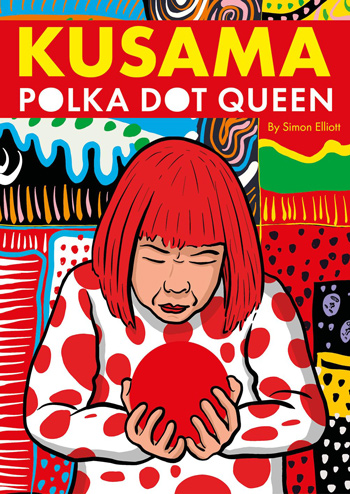 Written and Illustrated by by Simon Elliott
Written and Illustrated by by Simon Elliott
Published by SelfMade Hero
Going into the 1970s, World War II was a mere 25 years in the past. Yes, it was history but it was still recent history. Hirohito was, in fact, STILL the emperor in Japan.
Once one of our country’s sworn enemies, President Ford welcomed our great friend, Emperor Hirohito, for his first state visit to America in 1975, only 30 years past V-J Day.
Throughout my teen years in the ‘70s, I corresponded regularly via Air Mail with three young Japanese pen pals.
I learned a lot about Japanese life from these girls. Up until then, what I knew of Japan had consisted almost entirely of what I learned from Godzilla movies and from McHale’s Navy (plug for my book!) as well as other TV series and films set during the War.
One important person in Japanese culture with whom I was completely unfamiliar until this week is Yayoi Kusama, known as “The Polka Dot Princess” or “The Queen of the Polka Dots.” At the age of 96, she is still alive and creating art as of this writing and the new book, Kusama, Polka Dot Queen, by Simon Elliott, is, itself, an artistic telling of her story.
The only Japanese performance artist I knew was Yoko Ono, but it seems Yayoi Kusama was actually more prominent in the art world over the years, both in her home country and here in the US. Kusama presented major “happenings” in the 1960s including a nude event at the US Stock Exchange. A 1967 short film showing her at work is available on YouTube and is one of the trippiest things I have ever watched.
As you might expect from the book’s title, Yayoi Kusama’s art specializes in dots.
Dots, pumpkins, sex, and mirrors, actually. The book itself, although presented in a linear fashion, is far from a traditional, straightforward biography. In fact, I think it’s safe to say that Mr. Elliott has, himself, created art here, a modern art depiction of dots, if you will, or vignettes of the artist’s long life and struggles for acceptance.
It’s hard to keep up with her life and career at times, as what we get comes across as a photo album, showing us a dot here and a dot there, but in the end, as with all things, those dots pull together to form a fuller picture of an unhappy child who fought to make people in and out of the often fickle and obtuse art world at least see her visions. Elliott, in his illustrations, approximates those visions, albeit as seen through his own inspirations. I saw David Hockney, and that was confirmed in his “About the Author” at book’s end.
In the book, Andy Warhol notes that Yayoi Kusama’s fame exceeds his own, which makes me even more surprised at my own unfamiliarity with her. Between finishing the graphic novel and writing this review, I took the time to look up her past in the online newspaper archives as well as her present via Google. I quite like much of her art and, in fact, now have some as my computer’s wallpaper.
By contrast, Simon Elliott’s art is crude, yet clearly purposeful. He sets out to introduce and document an artist who, we learn, was often marginalized by the high-falutin’ art world, and he succeeds very well. As noted, Kusama, Polka Dot Queen is, itself, a smartly designed work of art, about art.
Being the comics person that I am, I can’t help but wonder if Harvey Comics’ obsessive Little Dot might perhaps have been inspired by the wonderfully eccentric Yayoi Kusama?
Booksteve recommends.

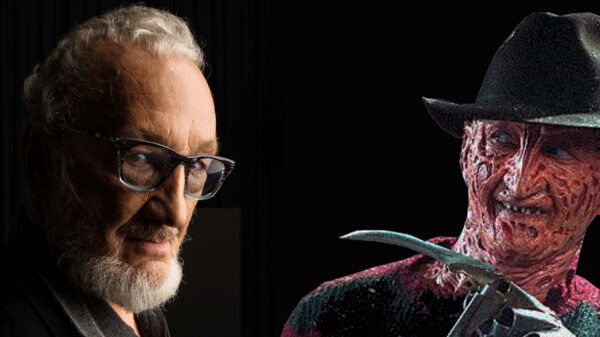




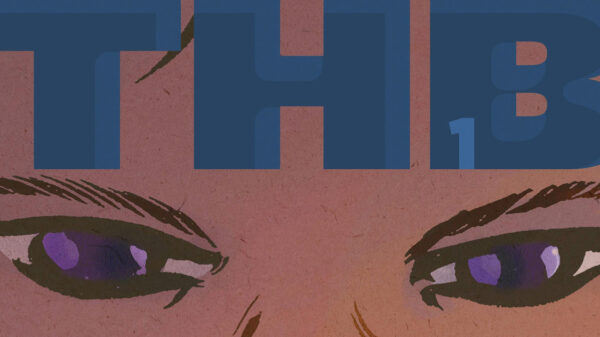




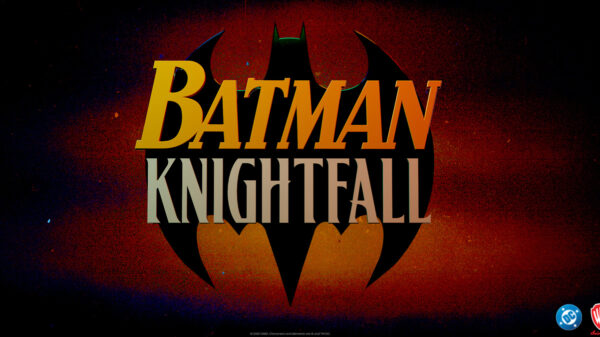


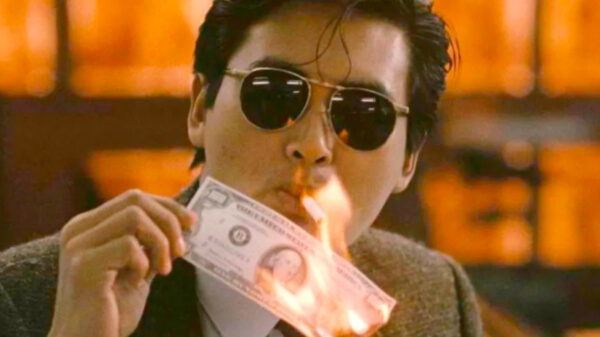





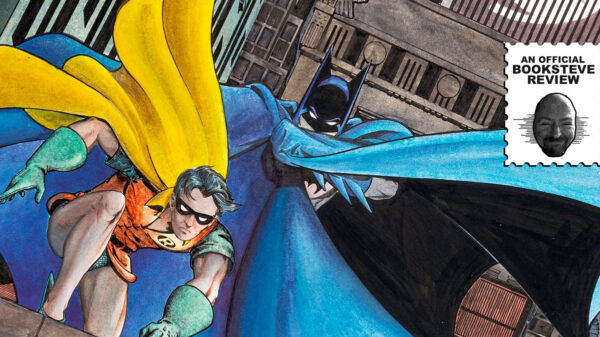
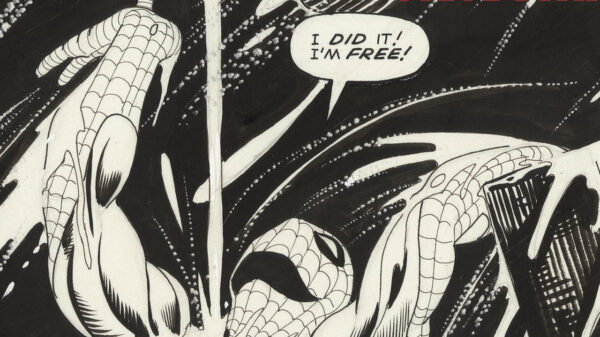
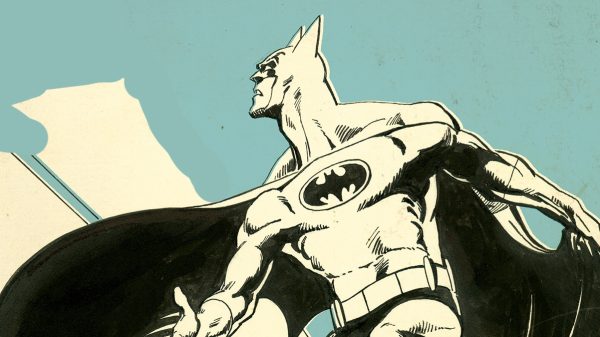

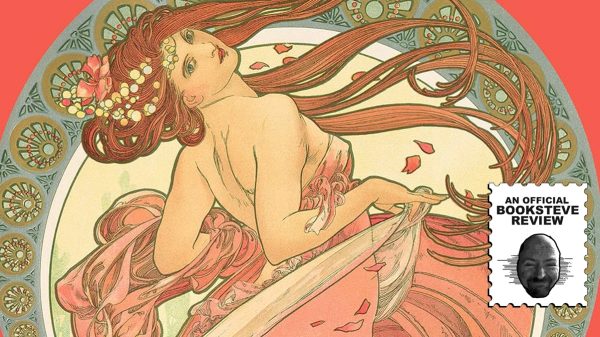

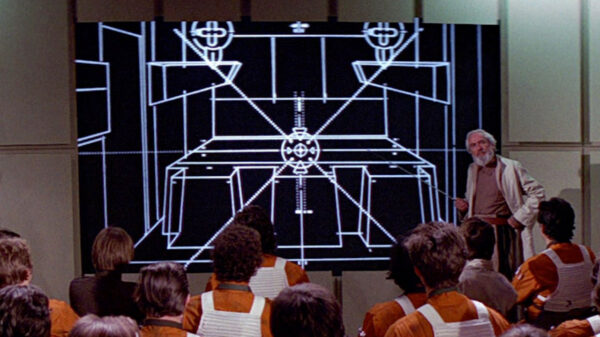

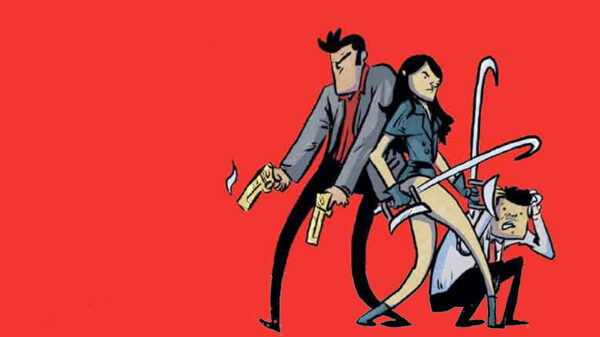
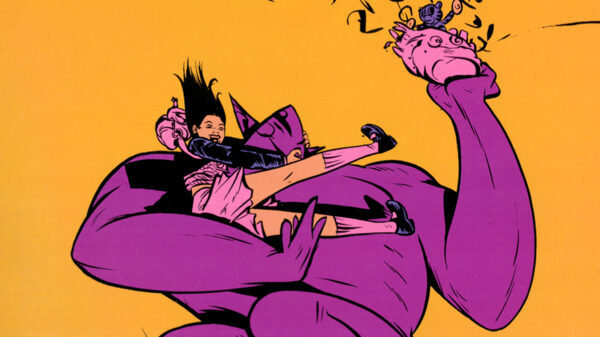
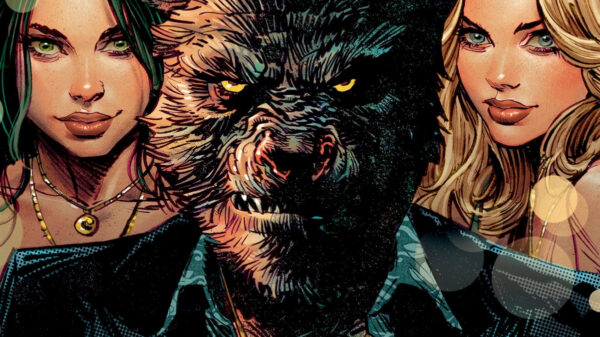







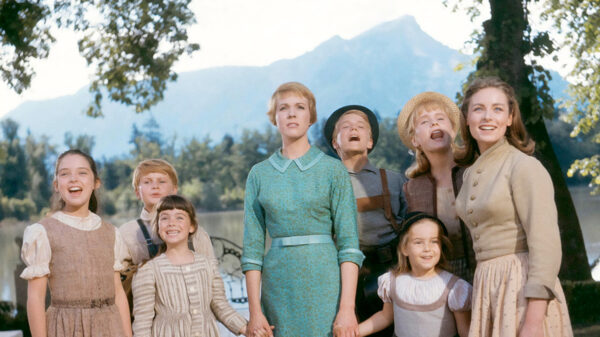



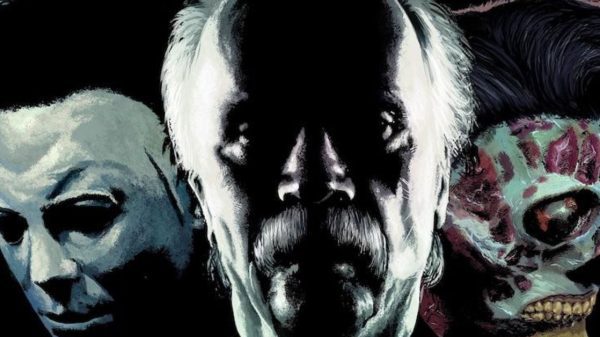
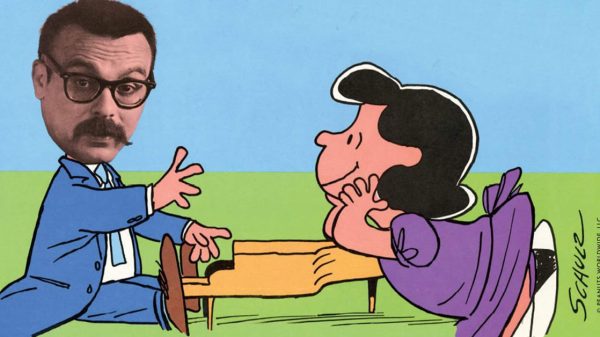
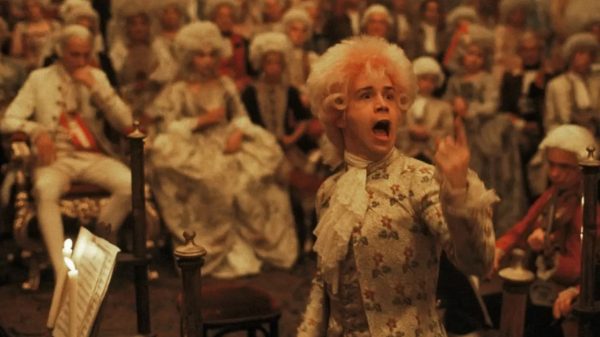










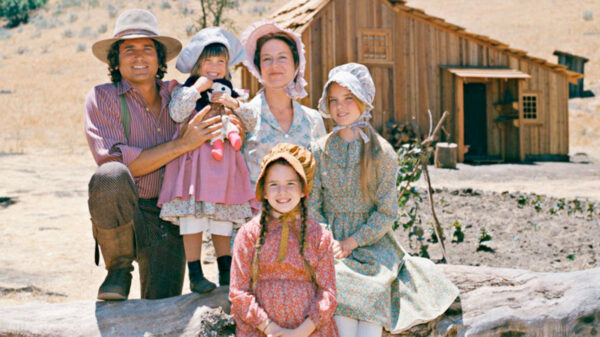








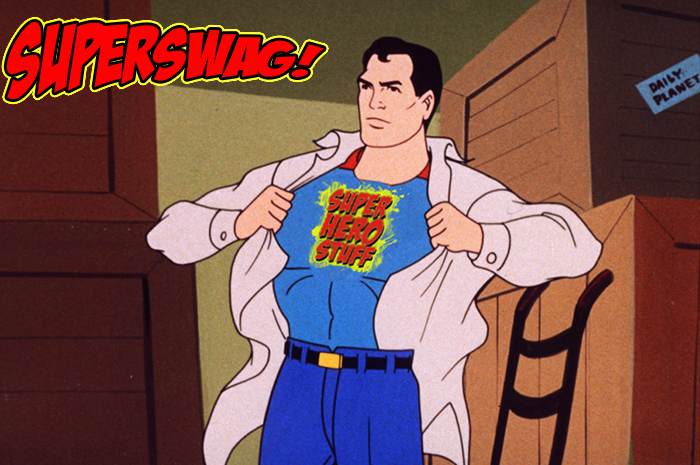

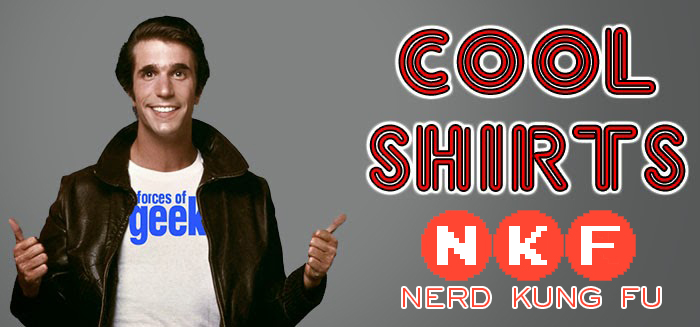
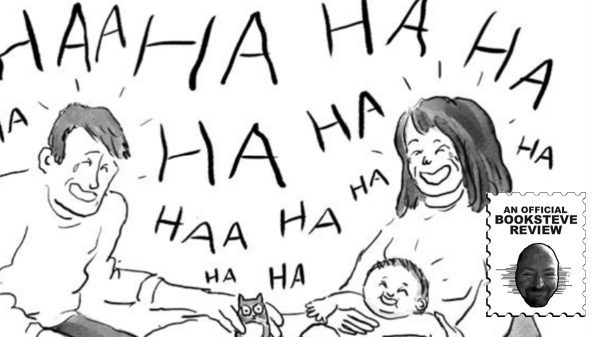


















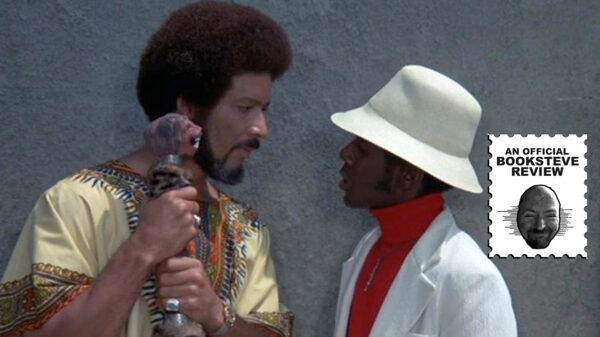
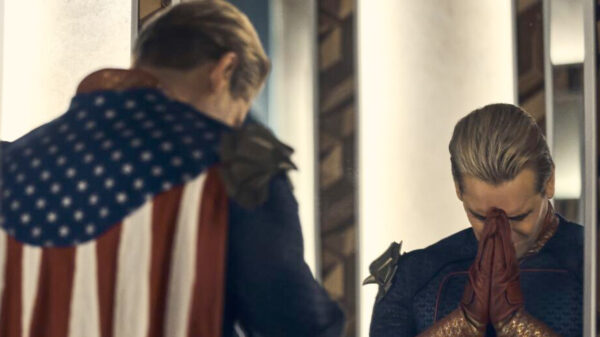





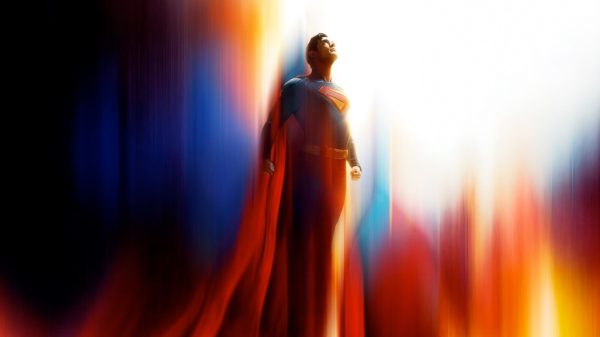






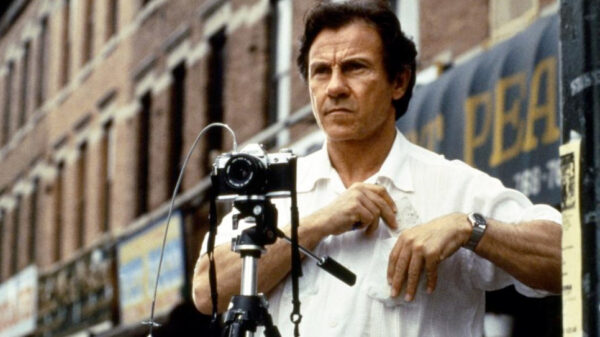
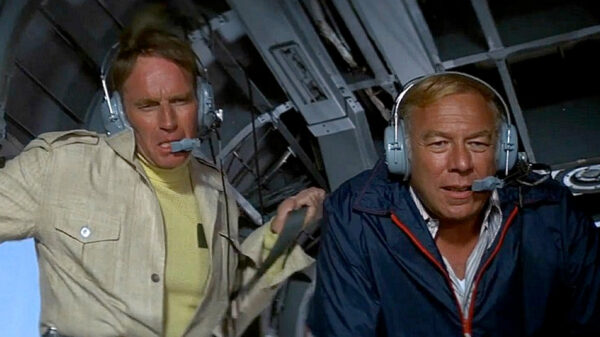

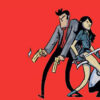
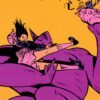
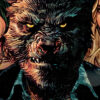

You must be logged in to post a comment Login